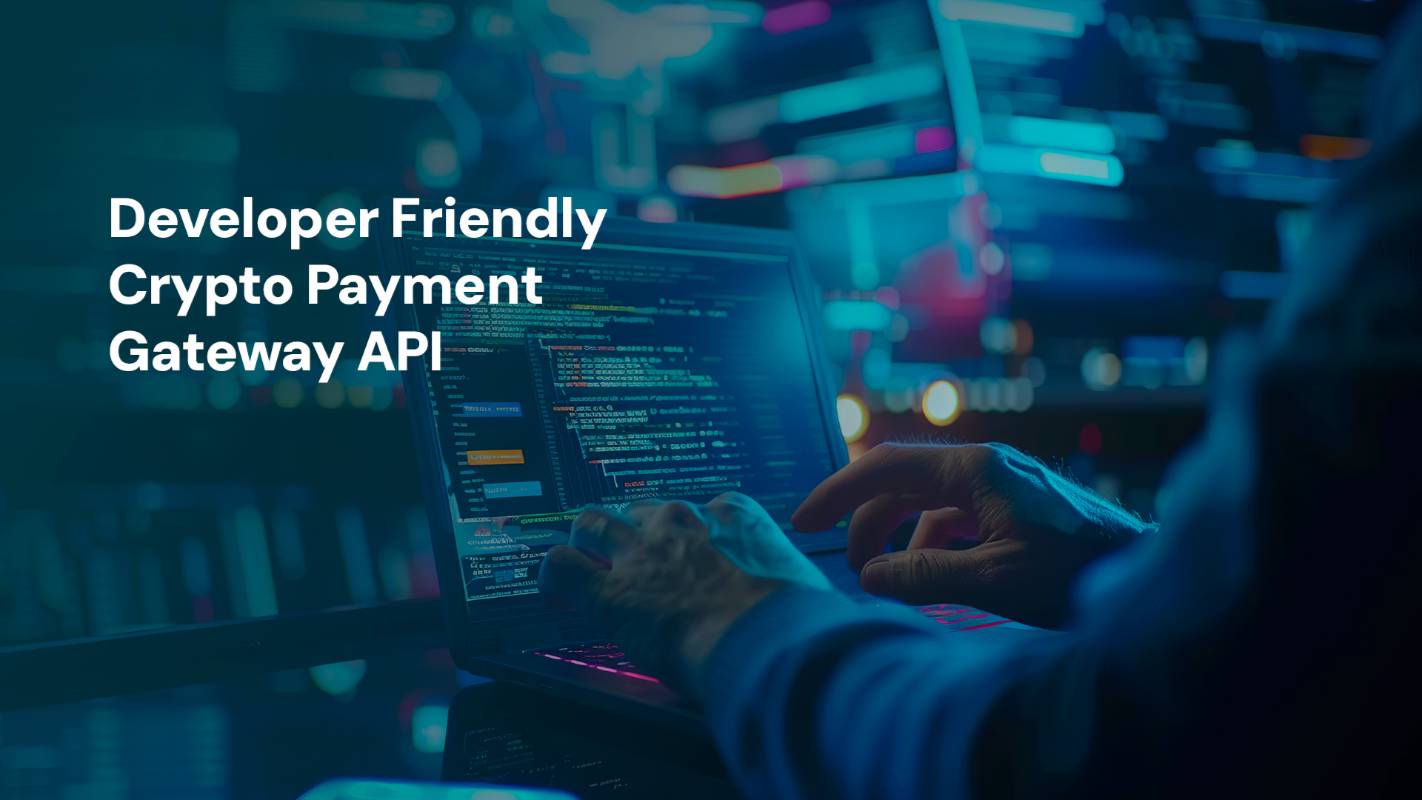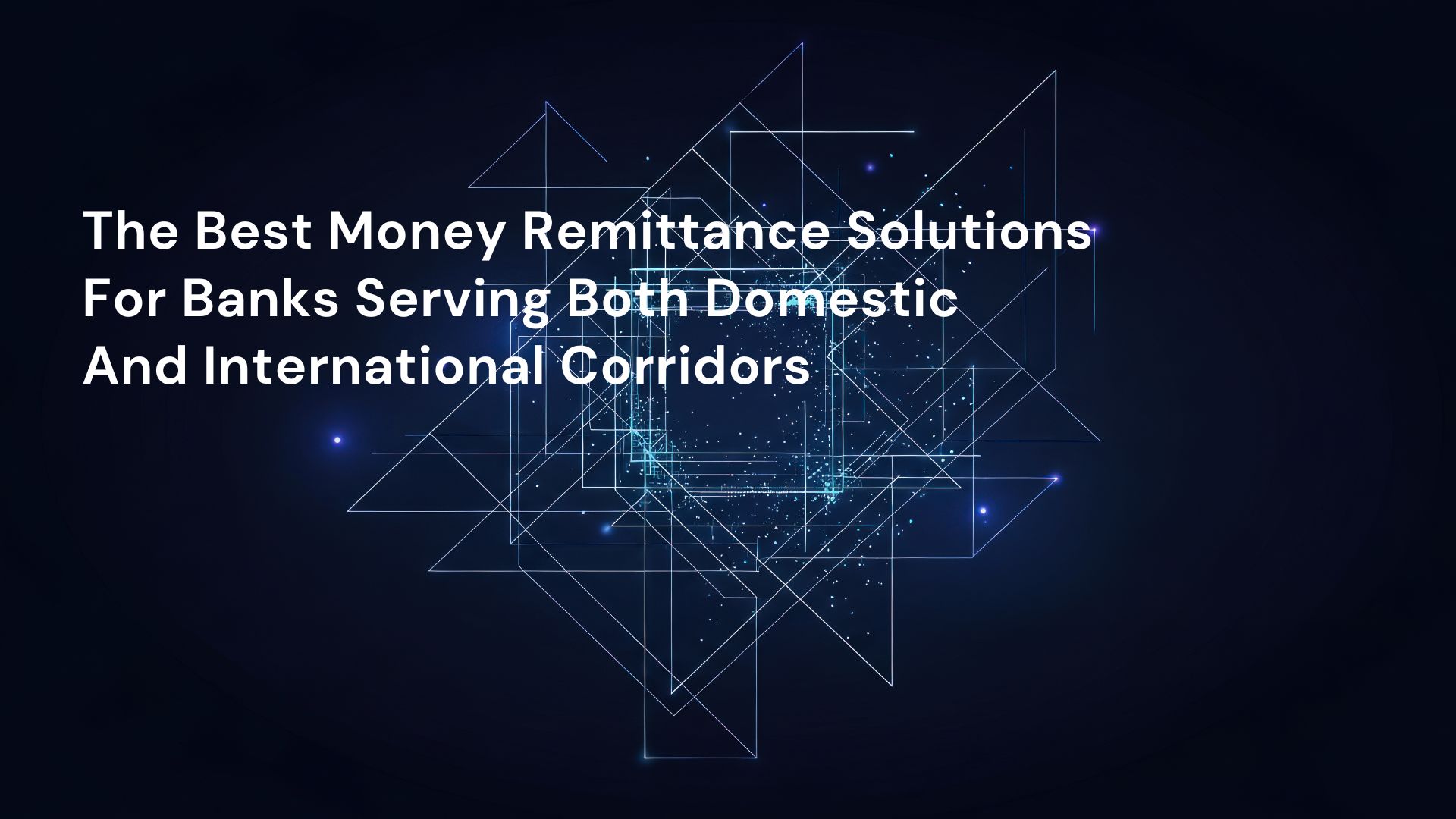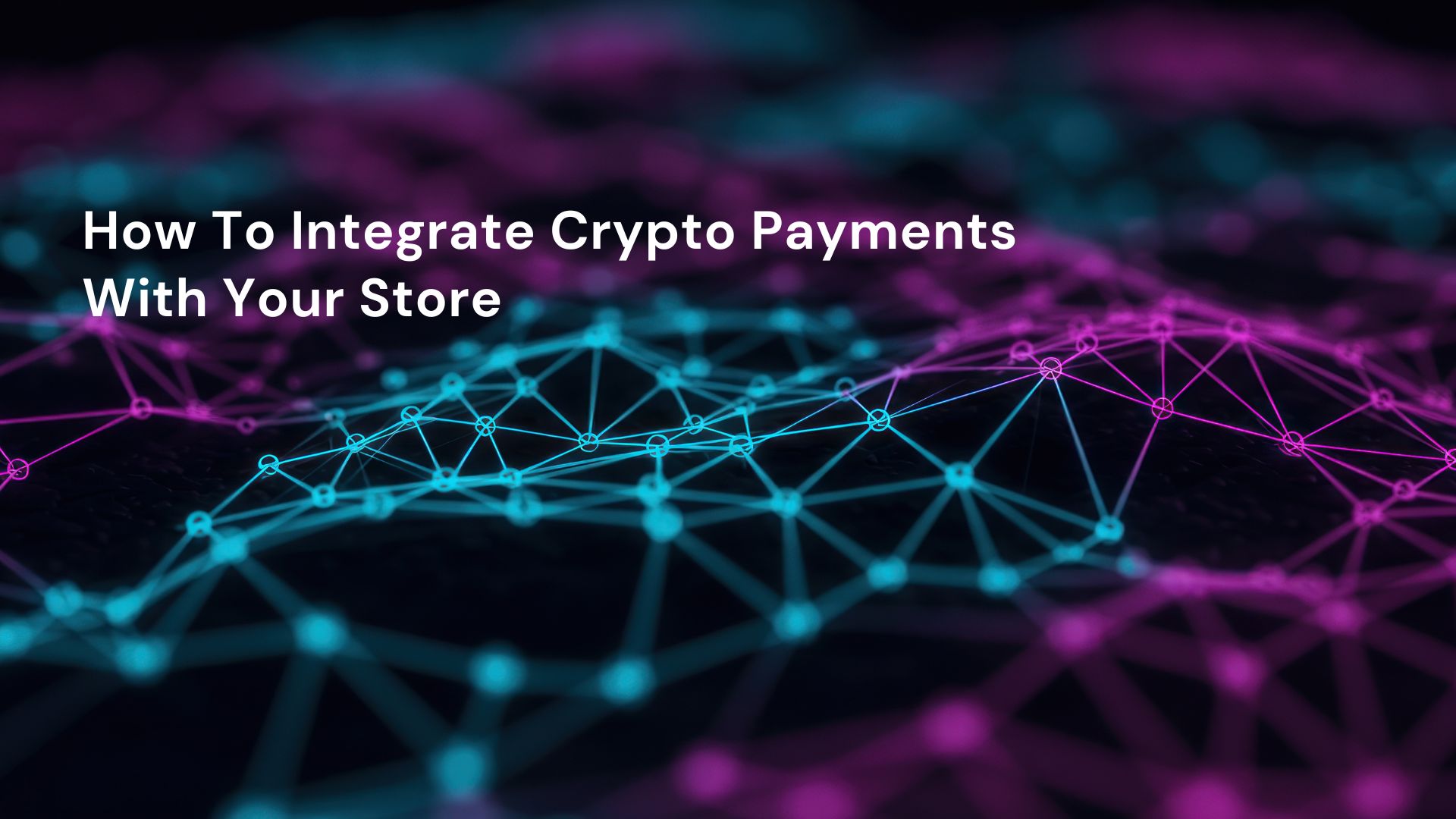What are crypto payment gateways?
Crypto payment gateways are specialised application programming interfaces (APIs) that help integrate cryptocurrency payment processing into business platforms, such as websites and applications. These APIs enable acceptance, management, and processing of transactions using various cryptocurrencies like Tether, Bitcoin, Ethereum, and others.
Functions of crypto payment gateways include:
Accepting a variety of cryptocurrencies for payment processing
- Managing transactions and verifying payments in real-time
- Integrating digital wallets for efficient cryptocurrency transfers
- Ensuring security through advanced measures like encryption and multi-factor authentication
- Analysing transactions and monitoring payment trends
Bitpace offers a crypto payment gateway that facilitates seamless and secure cryptocurrency transactions. This gateway acts as a bridge between merchants and customers, allowing businesses to accept digital currencies as a payment method for their products and services.
The importance of developer-friendly APIs
Developer-friendly APIs are crucial for ensuring smooth unification and functionality. An easy-to-use API reduces the time and effort needed to incorporate cryptocurrency payment gateways into your systems. Bitpace’s gateway offers an intuitive interface, developer-friendly API, and handy plug-ins, making it easy to implement and manage.
Advantages of developer-friendly APIs include:
- Simplified unification process
- Reduced development time and costs
- Enhanced flexibility and customisation
- Improved user experience for both developers and customers
Bitpace’s API is designed to be seamless, offering nearly instantaneous settlement for your funds and received payments. Over 70 cryptocurrencies, including BTC, ETH, USDT, and USDC, are supported, ensuring you can cater to a wide customer base. The gateway also integrates with top e-commerce platforms like WooCommerce and OpenCart, making it versatile and adaptable. Moreover, the API is available in over 20 languages, broadening its accessibility.
For instance, if you’re setting up an online store, Bitpace’s developer-friendly API allows you to integrate cryptocurrency payments at the checkout page easily. This guarantees no hang-ups when receiving crypto payments, thus streamlining the customer checkout experience. Utilising a developer-friendly API like Bitpace’s ensures your business can stay ahead in the rapidly evolving digital economy.
Key features of a developer-friendly crypto payment gateway API
Thorough documentation and resources
Thorough documentation and resources are essential for a developer-friendly crypto payment gateway API. Clear, detailed documentation simplifies unification, enabling developers to understand the API’s capabilities fully. At Bitpace, extensive API documentation ensures developers can seamlessly integrate crypto payment functionalities into their applications. The documentation includes various code examples, supporting multiple programming languages, making it accessible to a broad range of developers. For instance, sample codes in Python, Java, and JavaScript help streamline the process, reducing the scope for errors and omissions. Developers can quickly find answers to common questions and utilise pre-built solutions to tackle unification challenges efficiently.
Additionally, resource libraries including guides, FAQs, and community forums provide effective support frameworks. These resources help resolve issues and optimise implementations. High-quality documentation not only expedites the unification process but also enhances the overall development experience, ensuring that businesses can start accepting cryptocurrency payments with minimal setup time.
Simple authentication and unification
Simple authentication and unification are fundamental for a smooth developer experience. A straightforward authentication process ensures developers don’t waste time exploring complex security protocols. Bitpace’s API offers a clean and efficient authentication method, allowing developers to integrate the crypto payment gateway quickly and securely. By using standard authentication protocols, Bitpace guarantees secure access while keeping the unification process hassle-free.
The unification involves minimal lines of code, enabling developers to embed crypto payment functionalities into existing systems effortlessly. This simplicity drastically reduces development time and lowers the barrier to entry, making it easier for various platforms to start accepting cryptocurrencies. Automated setup scripts and thorough SDKs further streamline this process, ensuring that unification is not only quick but also effective and secure.
Sandbox environment for testing
A sandbox environment for testing is crucial for developers working with a crypto payment gateway API. This environment allows developers to simulate real-world transactions without any financial risk, ensuring that integrations function correctly before going live. Bitpace provides a fully functional sandbox environment where developers can test the end-to-end payment process, including transaction flows and error handling. This environment mimics the live system, allowing developers to identify and resolve potential issues under conditions that closely replicate actual operations.
By offering extensive testing capabilities, Bitpace ensures that the unification is thoroughly vetted, reducing the likelihood of post-deployment issues. This attention to detail not only improves reliability but also promotes confidence in the payment system’s effectiveness and integrity.
Cryptocurrency support and fiat conversion
Cryptocurrency support and fiat conversion are crucial features of a developer-friendly crypto payment gateway API. Bitpace’s API supports a wide range of cryptocurrencies, including popular options like BTC, ETH, and USDT, ensuring that the platform can cater to diverse customer preferences. In addition to supporting various cryptocurrencies, the API also handles stablecoins, providing a thorough solution for digital payments.
Fiat conversion capabilities are equally important, allowing businesses to convert received cryptocurrencies into traditional currencies seamlessly. Bitpace facilitates real-time conversion at competitive rates, reducing the volatility risk associated with cryptocurrency transactions. This feature enables businesses to manage finances more predictably, integrating seamlessly with their existing accounting systems.
Customisable checkout and payment flows
Customisable checkout and payment flows are imperative for a seamless user experience. Bitpace’s crypto payment gateway API offers extensive customisation options, allowing a payment process for business requirements. This customisation includes modifying the look and feel of the checkout page, integrating with the branding guidelines, and adding bespoke functionalities such as loyalty rewards or discounts.
The flexibility to create custom payment flows enhances the user experience, making transactions smoother and more intuitive. This adaptability ensures that the customers enjoy a consistent brand experience, from browsing products to completing their purchases, thereby increasing customer satisfaction and loyalty.
Real-time transaction processing
Real-time transaction processing is a non-negotiable feature of a crypto payment gateway API. Bitpace ensures that transactions are processed instantaneously, enabling businesses to confirm payments without delay. This immediacy is crucial in a rapid digital economy where customers expect quick and efficient service. By processing transactions in real-time, Bitpace minimises the risk of payment disputes and enhances the overall transaction experience.
Furthermore, real-time transaction processing offers businesses the ability to track payments as they happen, providing a live overview of their financial activities. This transparency and immediacy enable businesses to make informed decisions swiftly, improving operational efficiency.
Effective security measures
Effective security measures are essential for any crypto payment gateway API. Bitpace employs state-of-the-art security protocols to protect transaction data and prevent unauthorised access. Multi-factor authentication, encryption standards, and regular security audits ensure that sensitive information remains secure.
Bitpace also provides fraud detection and prevention mechanisms, safeguarding businesses against potential threats. Knowing that their data is secure encourages customers to use relevant platforms more confidently, enhancing overall user satisfaction and loyalty.
Scalable infrastructure
Scalable infrastructure is necessary for supporting business growth. Bitpace’s crypto payment gateway API is built on a stable and scalable infrastructure that can handle increasing transaction volumes without compromising performance. Cloud-based architecture ensures high availability and redundancy, providing a reliable service even during peak periods. This scalability allows businesses to grow and adapt, accommodating larger transaction volumes as the user base expands.
Scalability also ensures that the system can integrate new features and functionalities seamlessly, future-proofing the payment infrastructure. By supporting ongoing development and innovation, Bitpace enables businesses to stay competitive in the dynamic digital marketplace.
Webhooks for event notifications
Webhooks for event notifications provide real-time updates on transaction status and other significant events. Bitpace’s API includes webhook support, sending automated notifications to the platform whenever specific events occur, such as successful payments or failed transactions. These notifications enable merchants to respond promptly, improving the overall user experience. By integrating webhooks, businesses ensure that their system remains synchronised with the payment gateway, maintaining a consistent and reliable service.
Analytics and reporting capabilities
Analytics and reporting capabilities improve business decision-making. Bitpace’s crypto payment gateway API offers thorough analytics tools that provide insights into transaction patterns, customer behaviour, and financial performance. Detailed reports help identify trends and optimise strategies, allowing businesses to refine their offerings and improve customer satisfaction.
Real-time data visualisation and customised reports allow merchants to monitor performance and make data-driven decisions. This capability not only enhances operational efficiency but also provides valuable insights that drive business growth and innovation.
Getting started with the API
Implementing a developer-friendly crypto payment gateway API requires several crucial steps for a seamless setup. Follow the structured approach to ensure an efficient unification process.
Setting up a developer account
Firstly, a developer account with the chosen API provider must be established. For Bitpace, the process begins by creating an account on the Bitpace platform. Registering on Bitpace grants businesses access to important API credentials, such as an API key. This key is crucial for integrating the payment functionalities into the applications effectively.
Once registered, head to the Bitpace dashboard. Here, API keys can be created and managed. Keeping keys secure is imperative; storing them in a secure environment ensures the integrity of the unification. Should you need multiple environments—testing, staging, production—the Bitpace platform allows businesses to generate separate keys for each, maintaining the workflow’s organisation and security.
Moreover, Bitpace provides thorough guides and resources during account setups. These resources facilitate understanding and ease the unification process, ensuring every developer can implement the API with minimal hassle. Utilising these resources from the outset saves time and prevents common issues during unification.
Exploring the API documentation
A thorough exploration of Bitpace’s API documentation is vital. The documentation serves as a detailed guide, enabling developers to understand the full range of functionalities the API offers. You’ll find an exhaustive list of endpoints, methods, and parameters necessary for various operations.
Exploring through the API documentation, you’ll encounter clear and detailed examples of request and response cycles. These examples illustrate exactly how to handle different transaction types, such as processing payments, issuing refunds, and checking transaction statuses. Pay close attention to these examples, as they offer practical insights into effective API utilisation.
Additionally, Bitpace documentation includes best practice recommendations, performance optimization tips, and troubleshooting guidelines. Following these recommendations can vastly improve the performance and reliability of your unification, ensuring a smoother user experience.
Choosing the right SDK for your project
Selecting the appropriate Software Development Kit (SDK) for your project is paramount. Bitpace offers SDKs in several programming languages to suit diverse development environments. Review the documentation to identify the most suitable SDK for your application’s development stack.
For instance, if your project predominantly uses Python, opt for the Bitpace Python SDK, which reduces unification complexity and leverages language-specific features, enhancing overall efficiency. The SDKs provided by Bitpace come with built-in functions and utilities that simplify various tasks, such as cryptographic operations, API request handling, and error management.
Evaluate your project’s specific requirements when choosing an SDK. The primary factors include compatibility with your current development framework, ease of implementation, and available community support. Bitpace’s SDKs typically come with extensive community resources and support forums, providing a wealth of information and shared knowledge.
Once the right SDK is chosen, see the API documentation for specific unification instructions and code examples. These resources offer a step-by-step guide on incorporating the SDK into your project, ensuring the process remains transparent and straightforward.
Integration process
Integrating Bitpace’s crypto payment gateway API ensures seamless transactions. It involves several key aspects, each essential for effective unification and operation.
Authentication and API keys
Initiating unification requires authentication of your application and obtaining API keys. The process starts with creating an account on Bitpace’s platform. After signing up, you’ll generate the necessary API keys. These keys authenticate your API requests, ensuring only authorised transactions are processed.
With your account set up, generate the API keys. These are critical credentials that validate each transaction request. To set the credentials, use a straightforward line of code, such as bitpace.setCredentials(‘your-api-key’). This setup step ensures secure interaction between your application and Bitpace’s system.
Making your first API call
Once authentication is complete, you’re ready to make your first API call. Bitpace’s documentation offers thorough guides and examples, which are invaluable at this stage. Start by selecting the appropriate endpoint for your transaction type, whether it’s a payment request or a refund.
Compose your API call by adhering to the parameters specified in Bitpace’s API documentation. Each endpoint demands specific data inputs, ensuring accurate processing of your transaction. Use the API key obtained during authentication to authorise this call.
Implementing basic payment functionality
Implementing payment functionality involves integrating various Bitpace API endpoints into your system. Start with creating a payment request, where the API generates a unique payment link or QR code for the customer.
Next, use the provided endpoints to handle payment confirmations and status checks. Bitpace’s API supports these processes, ensuring your system captures and reflects real-time transaction statuses. Implement these functionalities to offer a seamless payment experience to your customers.
Incorporate endpoints for refunds or cancellations if your service requires it. Bitpace’s API documentation includes detailed guides on these processes, ensuring you can handle reimbursement scenarios efficiently.
Security best practices
Security forms the backbone of any crypto payment gateway API. Ensuring robust protection measures cultivates trustworthiness and shields sensitive information.
Encryption and data protection
Bitpace’s API must employ advanced encryption technologies to secure data. HTTPS secures all communication between client and server, ensuring data remains confidential and tamper-proof. Data encryption, both in transit and at rest, prevents unauthorised access. TLS secures the data exchange process, maintaining confidentiality and integrity. For instance, ensuring HTTPS through TLS prevents man-in-the-middle attacks.
Compliance with industry standards
Adhering to industry standards boosts the security and reliability of Bitpace’s payment gateway. Compliance with protocols like PCI DSS ensures that sensitive payment information meets stringent protection measures. Regular audits ensure Bitpace conforms to these standards, reinforcing trust and reliability. Moreover, ISO/IEC 27001 certification showcases Bitpace’s commitment to effective information security management.
Implementing two-factor authentication
Two-factor authentication (2FA) significantly strengthens account security. Bitpace integrates 2FA to require an additional verification step during sensitive transactions. Users need to verify their identity using SMS, email, or authenticator apps. For instance, enabling 2FA during the login process adds an extra layer of protection, ensuring only authorised access to accounts.
Scaling your integration
Handling high transaction volumes
Scaling your unification to handle high transaction volumes is crucial for maintaining seamless operations. Bitpace’s infrastructure, including Node as a Service, allows for quick blockchain deployment. Whether you choose shared or dedicated nodes, efficient transaction management is ensured.
Another important aspect is real-time transaction processing. Bitpace’s API supports this, verifying and managing transactions promptly even during peak periods. This feature mitigates delays, a critical factor when processing numerous payments simultaneously.
Implementing caching mechanisms significantly reduces server load. Frequently accessed data can be stored in a cache, decreasing the need for repeated database queries. This boosts your system’s responsiveness and efficiency.
Load balancing is also an effective strategy. By distributing incoming traffic across multiple servers, load balancing maintains system stability even when transaction numbers spike. Bitpace’s API infrastructure supports such deployments, ensuring continuous availability.
Optimising API performance
Optimising API performance ensures efficient resource usage and swift transaction processing. Start by monitoring API response times. Tools like New Relic or Grafana can identify performance bottlenecks, allowing timely optimisation.
Reducing payload sizes has a substantial impact. Smaller payloads decrease data transfer times, improving overall speed. Employ techniques such as gzip compression to minimise payload sizes without sacrificing data integrity.
Bitpace’s API supports pagination for data retrieval. Instead of fetching large datasets in a single request, paginated responses break data into manageable chunks, reducing strain on your servers.
Implementing rate limiting helps prevent server overload. By controlling the number of API requests from a single source within a given timeframe, you protect your infrastructure from excessive demand.
Global deployment considerations
Global deployment of your crypto payment gateway requires careful planning. Start by ensuring compliance with local regulations in target markets. Cryptocurrency laws vary, so verifying legal requirements is essential to avoid operational disruptions.
Bitpace’s API supports multiple cryptocurrencies. Catering to a global user base, it enables transactions in local digital currencies, enhancing user experience.
Considering latency factors in different regions is crucial. Deploying servers in geographically strategic locations minimises latency. This enhances transaction speed and reliability, particularly important for real-time payments.
Troubleshooting and support
Understanding error messages
When integrating Bitpace’s crypto payment gateway API, understanding error messages comes forward for efficient troubleshooting. Bitpace provides detailed error codes and descriptions within its API documentation to identify and resolve issues swiftly. For example, if you encounter a 400 error, the documentation explains that this is a client-side error, typically due to invalid request parameters.
Accessing API logs is invaluable for tracking the sequence of events leading to an error. Bitpace offers an extensive logging system through its API dashboard, allowing you to monitor transaction flow and quickly pinpoint issues. Real-time notifications for errors or failed transactions can be set up using webhooks, ensuring that you’re immediately aware of problems and can address them promptly.
Debugging tools and techniques
Bitpace offers various debugging tools and techniques to streamline the troubleshooting process. Utilising the sandbox environment is highly recommended for testing your unification without affecting real funds. This environment allows you to simulate various scenarios and resolve potential issues before going live.
Code review and static analysis tools are essential for catching syntax errors and potential vulnerabilities. Implementing unit and unification tests can further ensure that your code performs as expected. Bitpace’s SDKs include detailed examples and best practices, assisting in efficient error resolution. Additionally, incorporating logging mechanisms in your application helps capture runtime errors and their causes, simplifying the debugging process.
Accessing developer support channels
Efficient access to developer support channels is crucial when integrating Bitpace’s crypto payment gateway API. Bitpace offers multiple support options to assist you throughout the unification process. Detailed API documentation, including FAQs and step-by-step guides, is available on the Bitpace website, providing you with a thorough resource for troubleshooting common issues.
For more complex problems, Bitpace’s dedicated support team can be contacted via email or live chat. They provide specialised assistance tailored to your specific needs. Community forums and developer blogs are also valuable resources for finding solutions and sharing experiences with other developers. Joining these forums can help you stay updated on the latest features and best practices, ensuring a smooth unification experience.
Conclusion and future trends
The future of crypto payment gateways
The future of crypto payment gateways promises significant advancements driven by increasing cryptocurrency adoption and the need for seamless payments. Expansion in cryptocurrency support is anticipated, with gateways incorporating a broader range of digital currencies. This inclusivity enhances user experience and fosters wider acceptance.
Security remains a top priority. Future APIs will feature more robust systems, including advanced encryption, multi-factor authentication, and sophisticated threat detection mechanisms. For instance, Bitpace’s API may integrate enhanced encryption protocols to safeguard transactions.
Unification and user experience are also poised for improvement. APIs will likely offer easier unification, supported by detailed documentation, real-time notifications, and intuitive interfaces. Bitpace’s crypto payment gateway already exemplifies this trend, providing an intuitive interface and developer-friendly API. The emphasis on enhanced user experience will ensure businesses can implement and utilise crypto payment systems efficiently and effectively.
Staying updated with API changes and new features
Regularly reviewing Bitpace’s documentation ensures you’re informed about updates and new functionalities. Subscribe to newsletters or blog updates for timely information on API improvements.
Engage with developer communities: Forums and discussion boards can provide insights into new features and shared experiences. Bitpace’s developer support channels are a valuable resource for unification queries and troubleshooting.
Adopt new features: When Bitpace releases new API capabilities, integrate them promptly to improve the system’s functionality. API change logs are critical for tracking modifications and understanding their impact. Real-time alerts and thorough Bitpace update notes can help manage these changes smoothly.





